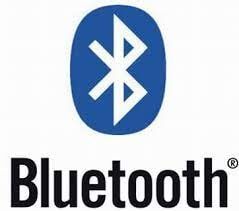Bluetooth is a method of short-range wireless communication between electronic devices that harnesses the power of radio waves.
But if the radio spectrum stretches from 30 Hz to 300 GHz (the lower the frequency, the longer the range), Bluetooth operates at 2.4 GHz, which gives it the right balance between range and data quality.
A Dutch engineer Dr Jaap Haartsen conceived it at the Swedish mobile giant Ericsson in the 1990s.
In 1998, the Bluetooth Special Interest Group (SIG) was formed to develop and promote the technology.

The group released Bluetooth 1.0 in 1999 and a year later, it was used in mobile phones and desktop PCs, making its way into laptops and printers in 2001.
In the mid-2000s, the Bluetooth headset–which allowed people to communicate hands free–became a common sight.
Bluetooth is a standard wire-replacement communications protocol primarily designed for low power consumption, with a short range based on low-cost transceiver microchips in each device. Because the devices use a radio (broadcast) communications system, they do not have to be in visual line of sight of each other; however, a quasi-optical wireless path must be viable. Range is power-class-dependent, but effective ranges vary in practice. See the table “Ranges of Bluetooth devices by class“.